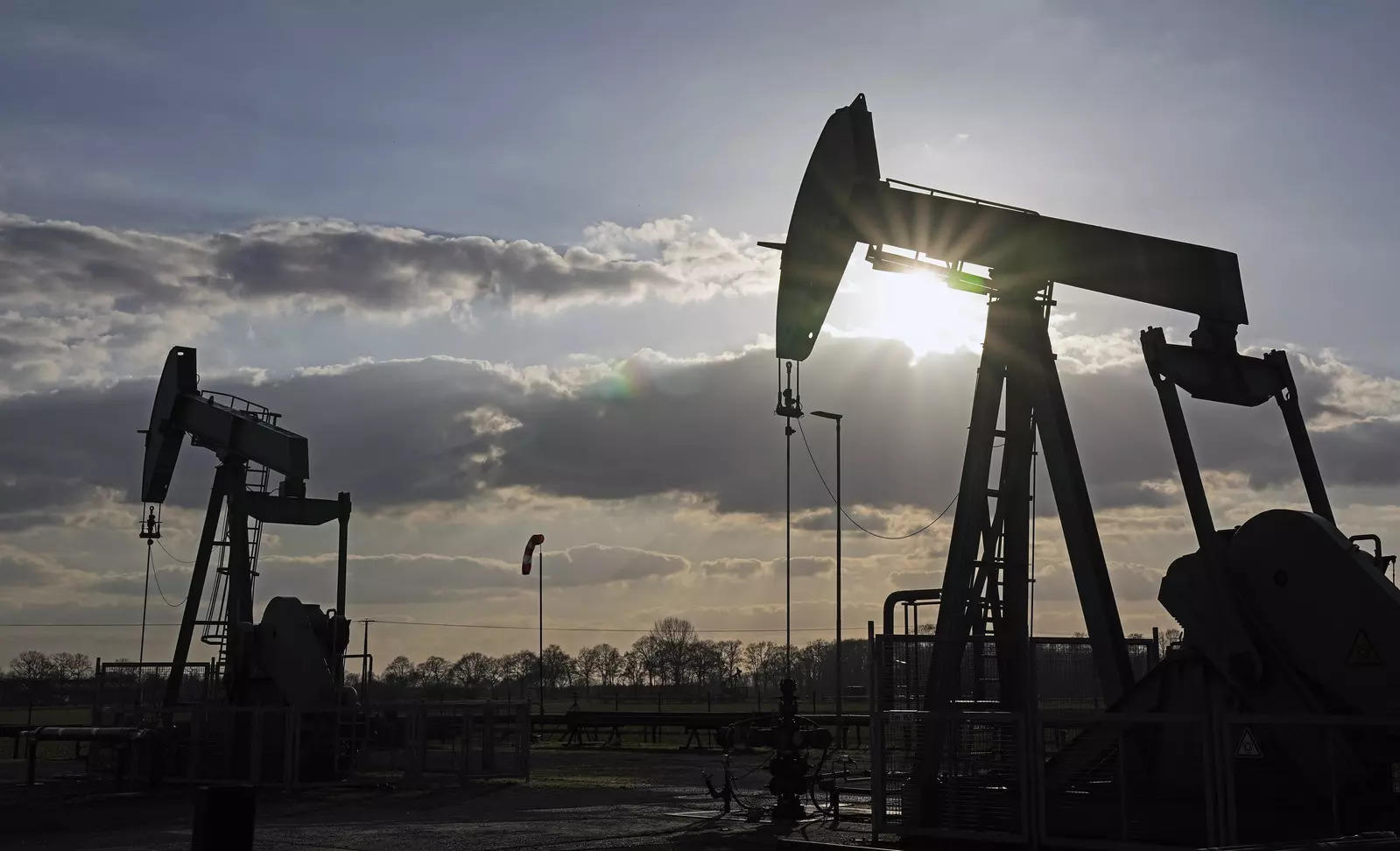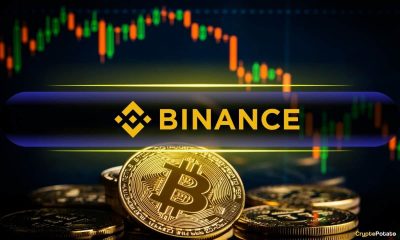Commodities
Crude Brent oil prices today exceeded $89 a barrel for the first time since December 2022

March Brent crude oil contracts are priced at $89.01 a barrel, data from the Intercontinental Exchange ICE show. This is 1.56% higher than the price at the close of trading on January 22. Crude Brent oil prices today exceeded the threshold of $89 for the first time since December 1, 2022.
Brent oil price forecast
The price of Brent was about $86.94 per barrel at its low on January 23. March WTI crude oil price rose 0.65% to $82.17 per barrel as of 19:58 Moscow time.
Oil has been rising in price for the third session in a row, said Oleg Syrovatkin, a leading analyst at the global research department of Otkritie Investments. Prices are supported by the prospects of strengthening of demand from China, concerns about possible reduction of supplies from Russia, and the weakening of the dollar against the currencies of G10.In this case the volume of trades is low today because of the celebration of the Lunar New Year in China, the expert points out.
Oil prices have shifted upward after a weak start at the beginning of 2023 as China, the largest consumer of fuel, announced the cancellation of the policy of “zero covid” and increased import quotas, causing analysts to expect an increase in demand, writes Bloomberg. Also, they expect prices to rise because of a possible softening of the U.S. Federal Reserve’s policy of raising interest rates.
Against this backdrop, Russian oil exports by sea declined last week, the agency wrote. Also, the $60 a barrel price ceiling on Russian oil, introduced last December, is still in effect. It is applied to Russian oil delivered by sea. Starting from February 5, it is planned to introduce a price ceiling on supplies of oil products of Russian origin, but its level has not been agreed upon yet.
Earlier, we reported that global demand for oil will reach a record level in 2023.
Commodities
Oil prices rise; U.S. crude inventories plunge, Russia-Ukraine truce eyed
Commodities
India’s Reliance to stop buying Venezuelan oil over US tariffs, sources say
Commodities
Oil prices climb on Venezuela supply worries

 Forex3 years ago
Forex3 years agoForex Today: the dollar is gaining strength amid gloomy sentiment at the start of the Fed’s week

 Forex3 years ago
Forex3 years agoUnbiased review of Pocket Option broker

 Forex3 years ago
Forex3 years agoDollar to pound sterling exchange rate today: Pound plummeted to its lowest since 1985

 Forex3 years ago
Forex3 years agoHow is the Australian dollar doing today?

 Cryptocurrency3 years ago
Cryptocurrency3 years agoWhat happened in the crypto market – current events today

 World3 years ago
World3 years agoWhy are modern video games an art form?

 Commodities3 years ago
Commodities3 years agoCopper continues to fall in price on expectations of lower demand in China

 Economy3 years ago
Economy3 years agoCrude oil tankers double in price due to EU anti-Russian sanctions

























